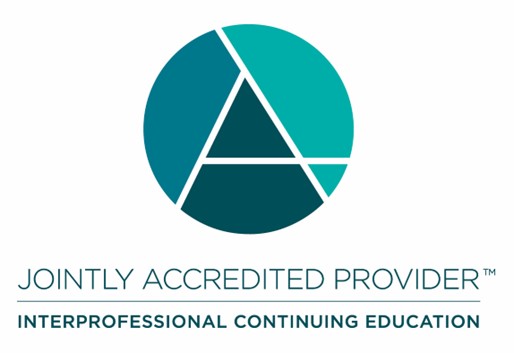

Join Lisa Carroll, MS, RD, LDN, and Emily Presbrey, MS, RD, LDN, on Thursday, April 20, 2023, from 2-3:30 p.m. ET, for a webinar that will help clinicians better identify the DSM-5 criteria for ARFID, as well as non-DSM-5 indictors for ARFID. Emily and Lisa will discuss the differences in the treatment of ARFID for individuals in higher levels of care compared to individuals in the outpatient setting. Practitioners will leave the presentation more knowledgeable about the challenges an individual with ARFID faces vs those of an individual with other eating disorder diagnoses, and how working collaboratively can expand treatment options and improve the behavior and mindset of individuals struggling with this unique condition.
1. Norris, M. L., Spettigue, W., & Katzman, D. K. (2016). Update on eating disorders: current perspectives on avoidant/restrictive food intake disorder in children and youth. Neuropsychiatric Disease and Treatment, 12, 213-218.
2. Nakai, Y., Nin, K., Noma, S., Teramukai, S., & Wonderlich, S. A. (2016). Characteristics of avoidant/restrictive food intake disorder in a cohort of adult patients. European Eating Disorders Review: The Journal of the Eating Disorders Association, 24(6), 528–530.
Learning Objectives
| 1. | Identify the DSM-5 criteria for ARFID, as well as non-DSM-5 indictors for ARFID. |
| 2. | Recognize the differences in treatment options for individuals struggling with ARFID vs other EDs, as well as clients in higher levels of care vs the outpatient setting. |
| 3. | Describe challenges of an individual with ARFID vs the challenges of individuals with other ED diagnoses. |
| 4. | Implement various treatment options for individuals with ARFID, including the introduction of initial food exposure. |
| Price: $29.99 | 1.5 CEUs |
| Register |
 |
Lisa is also aware that oftentimes food can touch everything and struggling with food issues can severely impair someone’s quality of life. She wants all clients to see how food and nutrition can make a powerful impact on physical, mental, and emotional health and allow the individual to enjoy life to its fullest. Her goal as a dietitian is to help the client build lasting relationships with food and a positive body image and outlook on self as a whole.
Lisa loves spending time with her family and dog and enjoys cooking and sharing food with loved ones and finds joy in the small moments of everyday life.
 |
As a “non-diet dietitian” Emily acknowledges that every person’s journey is unique and focuses on each person as a whole. Emily treats each client as an individual, providing the nutritional care that is most supportive for that person. Emily takes a client-centered approach and believes that the client is an integral component of the treatment team. She creates a safe space for each client to delve into their relationship and behaviors with food.
The faculty and planners for this educational activity have no relevant financial relationship(s) with ineligible companies to disclose.
An “ineligible company” includes any entity whose primary business is producing, marketing, selling, re-selling, or distributing healthcare products used by or on patients.
 |
This activity will also award credit for dietetics (CDR CPEU).
RDs and DTRs are to select activity type 102 in their Activity Log. Sphere and Competency selection is at the learner’s discretion.